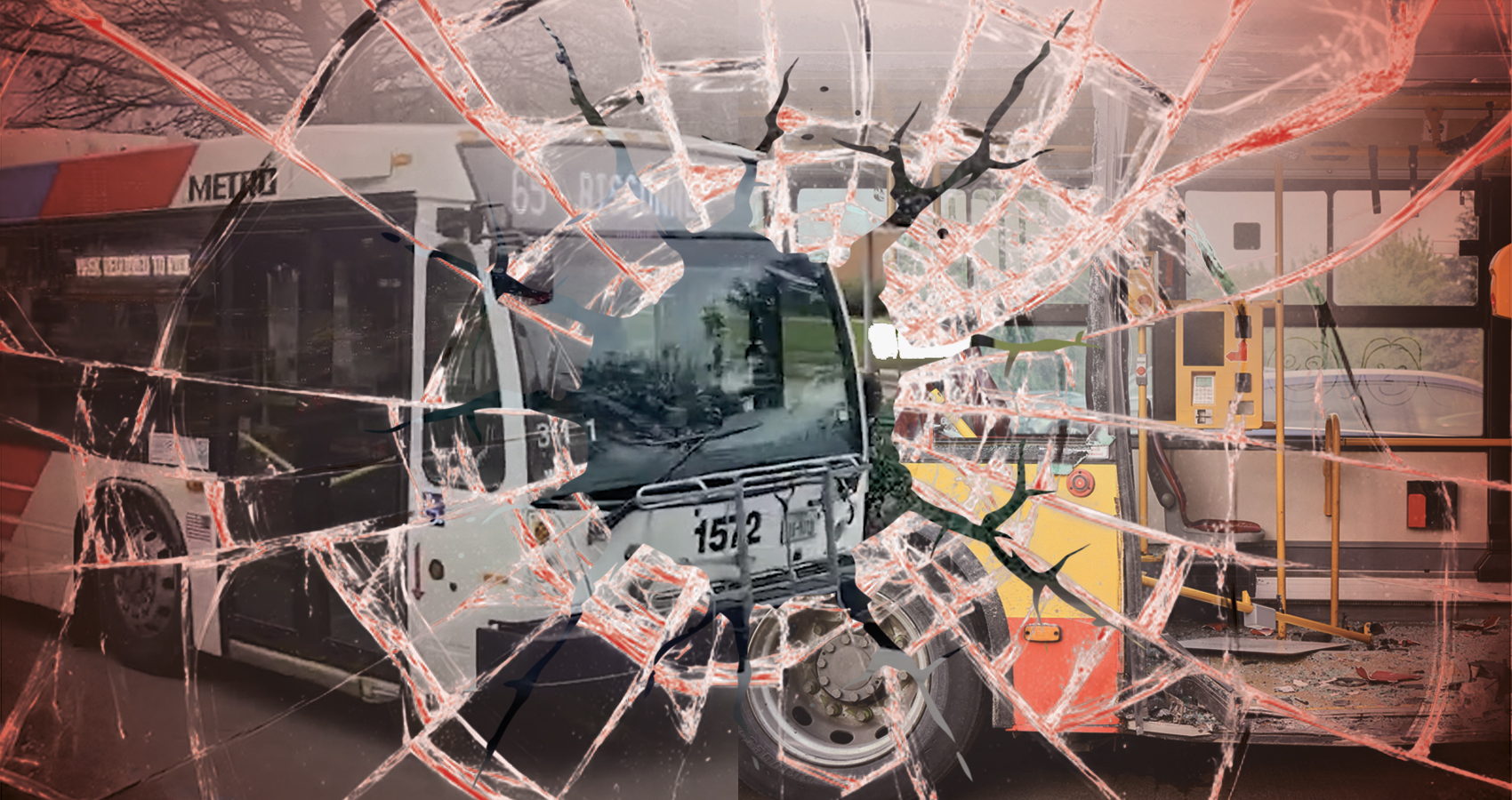
Riding With Caution: What You Need to Know About Metro Bus Accidents
What to know after a metro bus crash happens.
Metro bus accidents can have long-term effects on passengers, pedestrians, and drivers. These events raise serious questions about safety and the actions taken after an accident occurs. This article reviews metro bus accidents, details their causes, explains the types of injuries that may result, and outlines legal steps to take after an incident.
Understanding Metro Bus Accidents

A metro bus is a key part of public transportation in many cities. Daily, thousands of people rely on metro buses to get to work, school, and other commitments. Unfortunately, accidents are a risk. Statistics show that while buses are among the safest forms of transport, accidents still occur, sometimes with significant injury or fatal outcomes.
Metro bus accidents can result from several factors. These include mechanical failure, driver error, adverse weather conditions, and issues with road infrastructure. Operators and city planners continually work to reduce these risks, yet the possibility remains, making it important for passengers and pedestrians to be aware of the facts surrounding such events.
Common Causes of Metro Bus Accidents
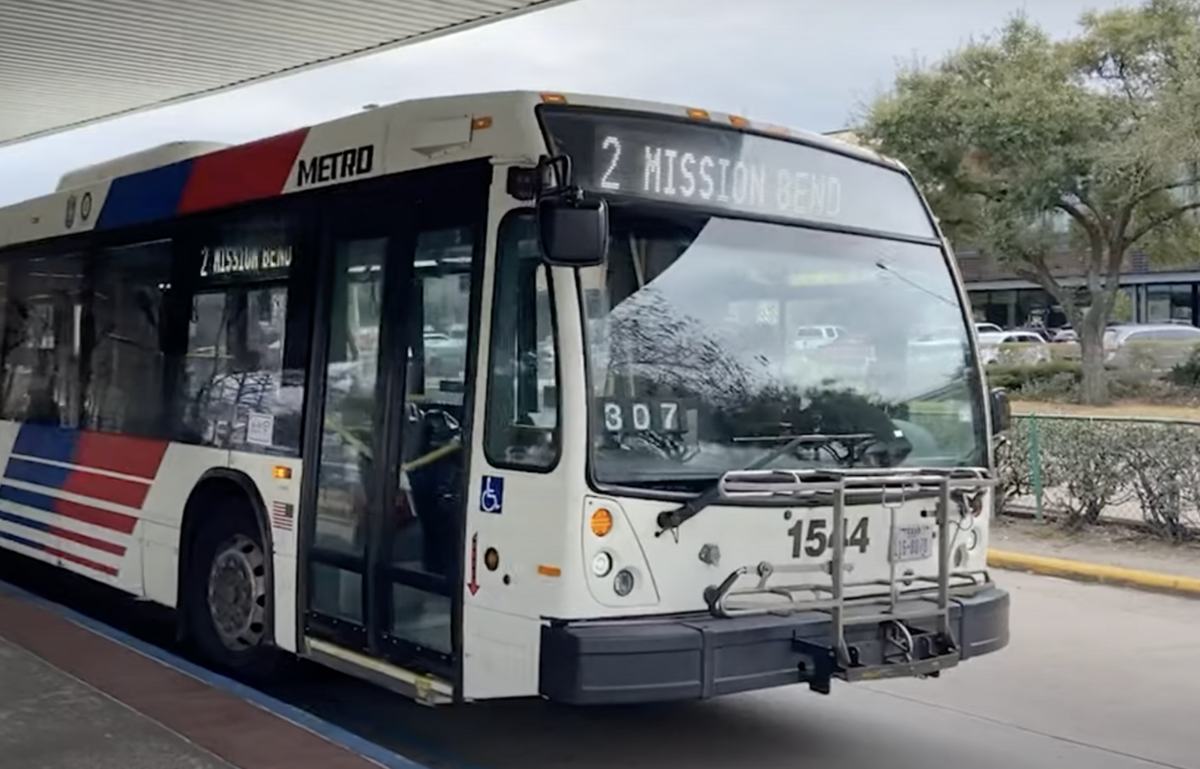
Understanding the causes of metro bus accidents can help riders and pedestrians stay alert. Some frequent causes include:
- Driver distraction or error: Bus drivers may face various distractions, such as mobile devices or issues with the vehicle's controls, which can lead to mistakes during operation.
- Poor road conditions: Weather conditions or poor maintenance of roads can cause accidents. Wet or icy roads often contribute to loss of control.
- Vehicle maintenance issues: Regular upkeep and safety checks are essential. Failure to maintain mechanical aspects of the bus can lead to serious breakdowns and accidents.
Each of these factors can interact. For example, a driver may try to compensate for a slick road but may be distracted by a malfunction in vehicle controls. Such events show the importance of safety measures on multiple levels.
Injuries and Impact on Victims
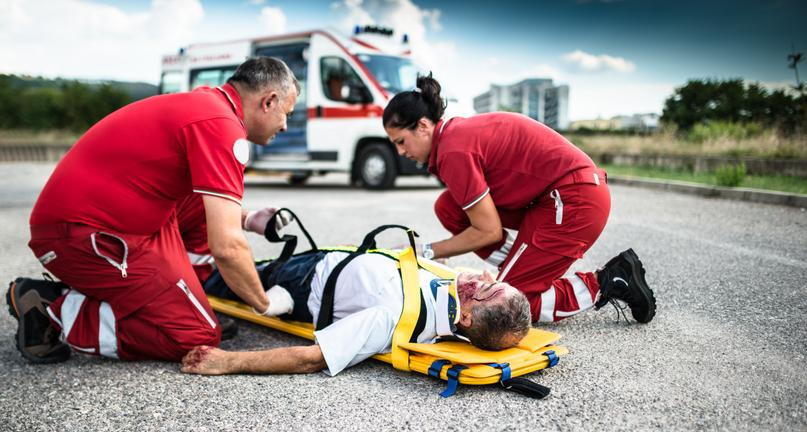
Metro bus accidents can lead to a range of injuries. Some common injuries include:
- Head injuries
- Broken bones
- Spinal cord injuries
- Soft tissue injuries
In some cases, injuries can have lasting effects that change a victim's quality of life and ability to work. Medical costs and lost earnings are common concerns after such accidents. Additionally, there may be psychological effects, including anxiety and post-traumatic stress. It is important for victims to seek medical attention immediately after an accident to ensure all injuries are documented and treated.
Beyond the physical impact, there is an emotional toll. Families and passengers can experience stress, anxiety, and financial strain due to the aftermath of accidents. Studies indicate that prolonged recovery periods can also affect overall mental health, leading victims to seek long-term counseling and rehabilitation support.
Reporting and Documentation

After a metro bus accident, proper documentation can play a major role in any legal or insurance claims. The following steps are useful:
- Report the accident to authorities: Police reports and statements provide an official record of the event.
- Collect witness information: Witnesses can provide impartial accounts of the accident.
- Document injuries and damages: Photographs of injuries and vehicle damage, along with medical records, help build a strong case.
Taking prompt action helps ensure that all evidence is kept intact. Both victims and witnesses should maintain copies of all documents related to the accident. Keeping a detailed record can sometimes be critical to any legal claims.
How Cities and Transit Authorities Respond
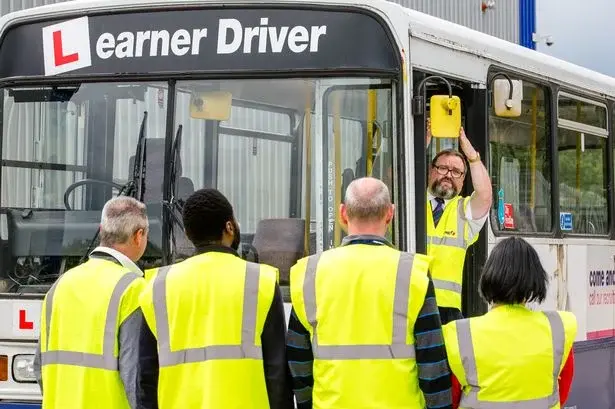
Transit authorities strive to minimize accidents and improve safety conditions. Many cities invest in training programs for bus drivers and use technology such as cameras and sensors to monitor bus performance. These systems aim to detect mechanical issues early and help drivers avoid dangerous conditions.
Insurance companies also play a major role by reviewing accidents and calculating compensation based on evidence provided. Understanding the steps taken by transit authorities and insurers can help passengers feel more secure and know that safety is being taken seriously.
Legal Options for Accident Victims

When an accident is the result of negligence, victims have the right to claim compensation for their injuries and losses. The compensation can cover:
- Medical expenses
- Lost wages
- Physical pain and suffering
- Emotional distress
For more detailed legal advice, individuals may seek a Houston Metro bus accident lawyer. Legal experts offer guidance specific to each case, ensuring that victims receive the assistance they require.
It is important for accident victims to act quickly. Many legal claims have strict deadlines, making prompt legal advice critical. Attorneys experienced in metro bus accident cases can evaluate evidence, communicate with the transportation service provider, and work with insurance companies to secure fair compensation.
Key points to remember include:
- Immediate documentation of all aspects of the accident is critical.
- Medical records support any legal claim.
- Consulting an attorney early ensures that deadlines are met and the case is properly managed.
Safety Tips for Metro Bus Passengers
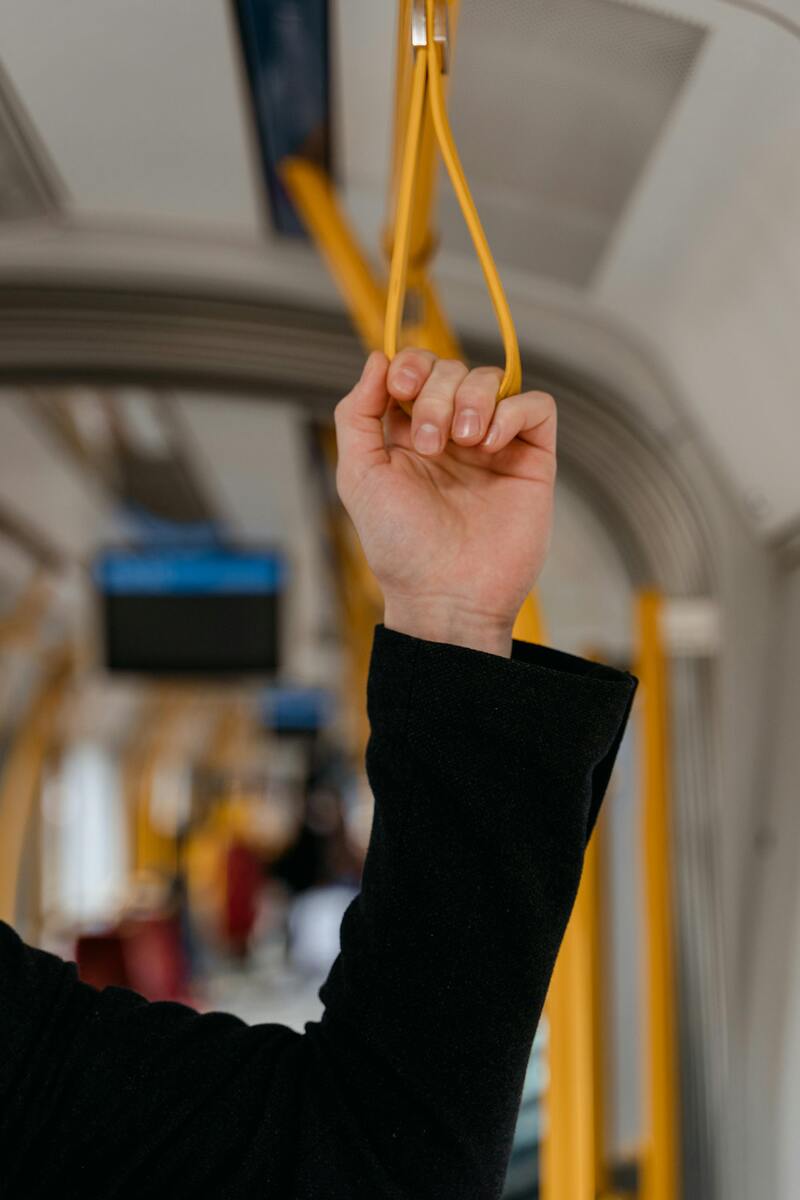
Passengers and pedestrians can also take actions to reduce the risk and impact of metro bus accidents. A few practical safety measures include:
- Always remain alert during transit and follow the bus driver’s instructions.
- Keep personal belongings secure to avoid distractions.
- Familiarize yourself with the bus’s safety features, such as emergency exits.
- Watch for any signs of mechanical issues when boarding a bus.
Using these precautions can help reduce the risk of injury. Passengers should not hesitate to report any unsafe conditions they notice on any bus. Public feedback can often lead to changes that make transportation safer for everyone.
The Role of Community Awareness

Community awareness plays an important role in reducing metro bus accidents. Public discussions about safety, reporting potential hazards, and sharing personal experiences can lead to improvements in how buses are maintained and operated. Local media often report on statistics and safety warnings, which helps keep the lines of communication open between bus drivers, authorities, and passengers.
Carrying out community surveys and participating in local transportation meetings are ways in which people can voice concerns about safety. Accurate knowledge and prompt reporting can help transit authorities and city planners address issues before they turn into significant hazards.
Conclusion

Metro bus accidents require careful thought for both prevention and proper response after an event. Understanding the causes and common injuries associated with these accidents can prepare riders and pedestrians to act prudently when circumstances become critical. Documenting every detail after an accident, reporting to the proper authorities, and seeking timely legal support ensures that all parties address the impact of these events properly.
For anyone affected by a metro bus accident, it is important to remember that help is available. Knowledge of safety practices and legal rights can reduce the heavy impact of accidents on daily life. By staying informed and prepared, the community can work together to make metro transportation as safe as possible.











